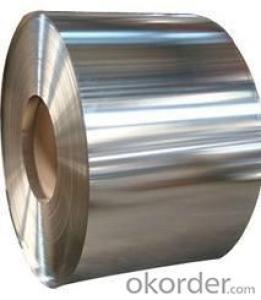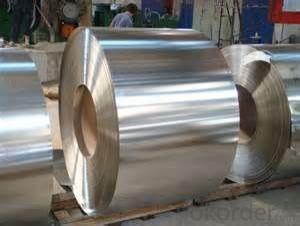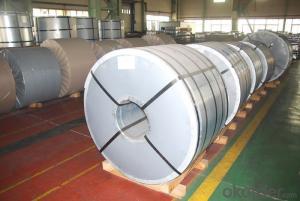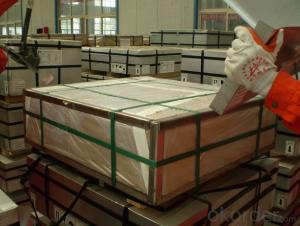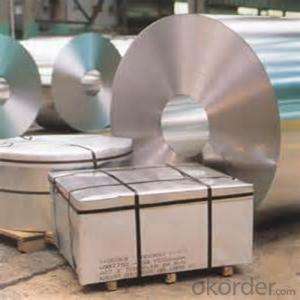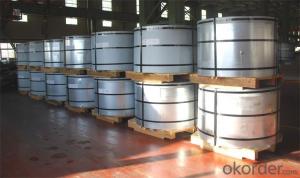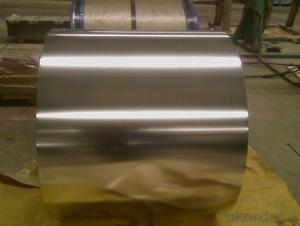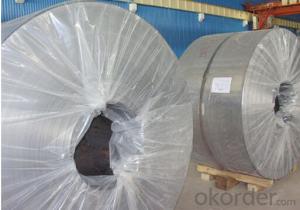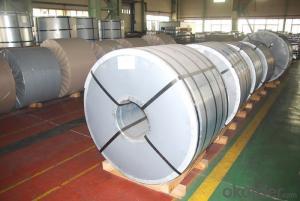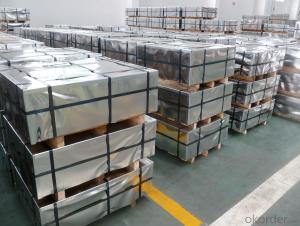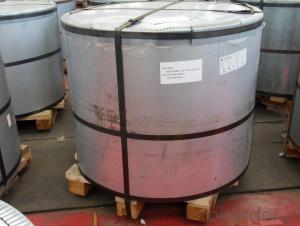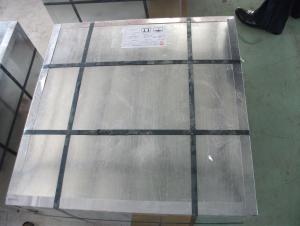Tinplate Future
Tinplate Future Related Searches
4 By 8 Plastic Sheets Thin Plastic Sheets Flexible Tinplate Coil Quotes Tinplate Iron Clear Plastic Sheets Hard Plastic Sheets 4X8 Lightweight Plastic Sheets Wavy Plastic Sheets White Plywood Sheets Poly Styrene Foam SheetsHot Searches
Tinplate China Tinplate Stock Price Tata Tinplate Price List Tinplate Price Trend Tinplate Nse Share Price Tinplate Price Chart Tinplate Share Price Nse Tata Tinplate Share Price Tinplate Share Price Today Tinplate Share Price Bse Tinplate Price Tinplate Share Price Tinplate Coil Manufacturers Tinplate Sheet Suppliers Food Mixer Sale Tinplate Factory Tinplate Production Tinplate Products Ltd Tinplate Products Tinplate Can ManufacturersTinplate Future Supplier & Manufacturer from China
Okorder.com is a professional Tinplate Future supplier & manufacturer, offers integrated one-stop services including real-time quoting and online cargo tracking. We are funded by CNBM Group, a Fortune 500 enterprise and the largest Tinplate Future firm in China.Hot Products
FAQ
- There are several main factors that influence the price of tinplate. Firstly, the cost of raw materials such as tin and steel, which can fluctuate based on supply and demand dynamics, can have a significant impact on tinplate prices. Additionally, changes in labor costs, energy prices, and transportation expenses can also affect the overall price of tinplate. Furthermore, market conditions, including global economic trends, geopolitical factors, and trade policies, can influence the demand and pricing of tinplate. Lastly, technological advancements and innovations in tinplate manufacturing processes can impact production costs and subsequently affect the price of tinplate.
- Tinplate contributes to the safety of aerospace components by providing a protective coating that prevents corrosion and enhances durability. This ensures that critical parts, such as electrical connectors and fasteners, remain intact and function properly in demanding aerospace environments. Additionally, tinplate's low friction properties reduce wear and tear, enabling smooth movement and reducing the risk of component failure.
- No, tinplate is not suitable for packaging flammable liquids as it can easily react with the contents and potentially cause a fire or explosion.
- Some of the different types of tinplate closures available include twist-off caps, lug caps, crown caps, and press-on caps.
- The time it takes for tinplate to corrode can vary depending on various factors such as the environment, exposure to moisture, and the presence of corrosive substances. However, tinplate is generally known for its excellent corrosion resistance, and under normal conditions, it can take several years or even decades before significant corrosion occurs.
- Why tin printing after a layer of light oil
- Varnish should have the following properties:A) the color retention property is good. The solvent in the varnish can not make the ink fade and fade.(b) have sufficient hardness and firmness in order to withstand the deformation of subsequent processes.(c) match with white paint or base oil, not to corrode white paint or base oil.
- Yes, tinplate can be used for ammunition. It is commonly used for manufacturing shotgun shells and some types of bullet casings due to its durability and ability to withstand high pressures.
- Tinplate exhibits excellent chemical resistance, making it highly suitable for various applications. Its protective tin coating acts as a barrier, preventing direct contact between the metal and chemicals. This resistance ensures that tinplate remains unaffected by most corrosive substances, enhancing its durability and longevity.
















